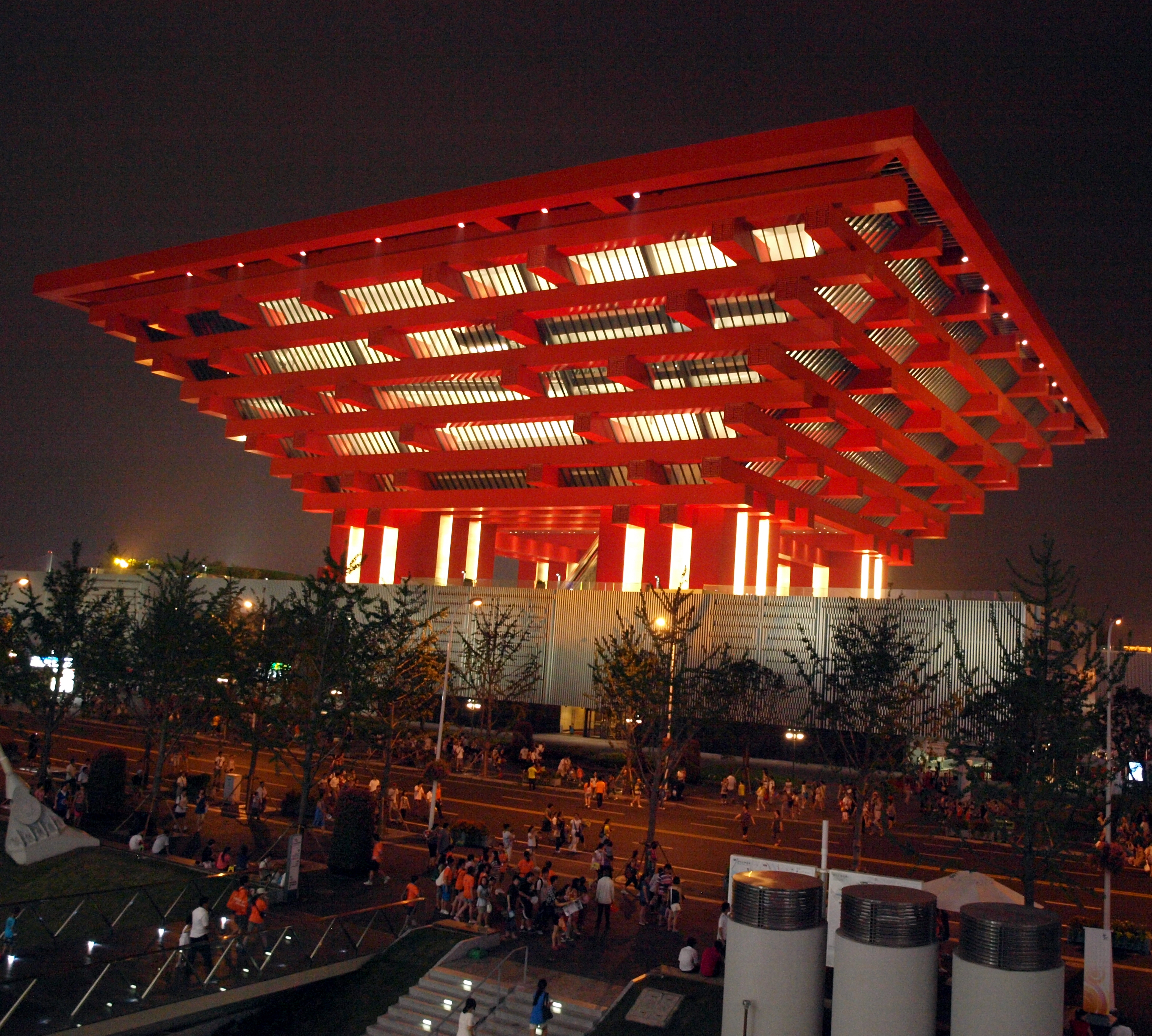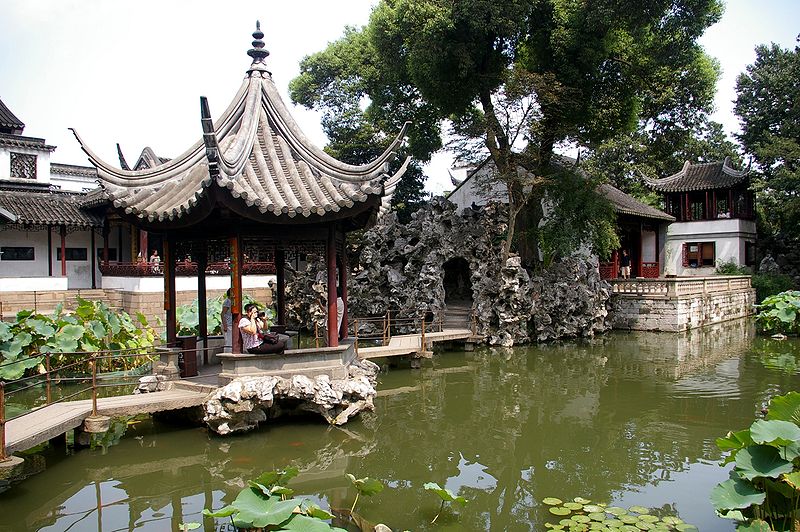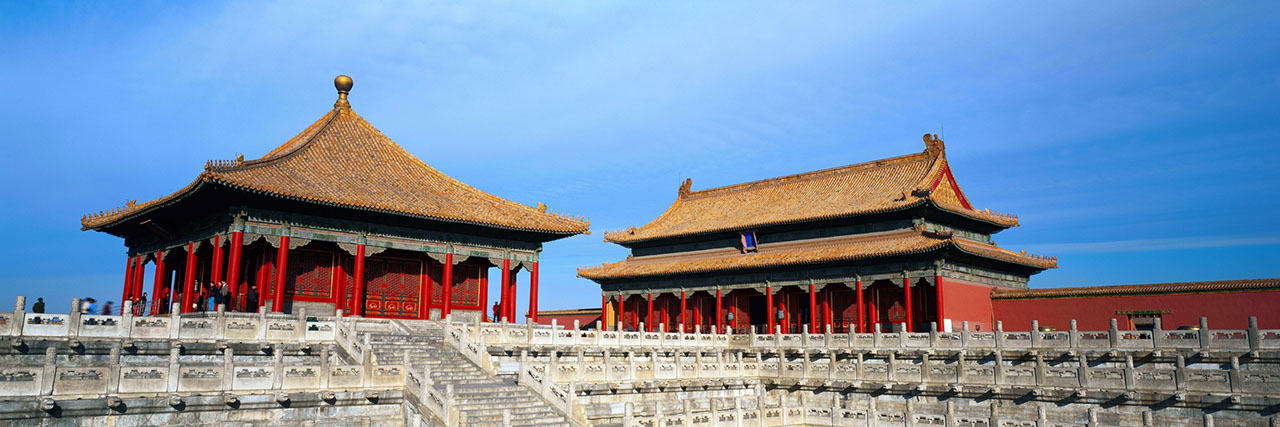My Journey to the East
Just like every year, we had to pick a destination for our family summer holiday. And just like every year, we were short of time but full of ideas. My oldest brother wanted to go to the United States, my middle brother wanted to explore Africa, and I wanted to experience China. I think you can guess which place we decided on, because otherwise I would not be writing this article and you would not be reading it: we went to China.
China has always been a source of fascination to me. This appeal probably stems from the great distance between our two countries, the allure of a language based on a completely different system, in addition to the fact that China is the country with the largest population on earth. It has always been somewhat of a mystery to me. It was a dream of mine to go there and see it for myself.
After a long flight, we arrived in Shanghai (上海), China. The airport was huge and buzzing with people. A high-speed train took us downtown, where we checked in to our hotel to have a little rest before exploring Shanghai for the first time. One of the first places we went to is the river boardwalk on the western bank of the Huangpu River (外滩) known as The Bund. The atmosphere is really relaxed and friendly, and in the evening you get a beautiful view of a completely illuminated skyline. Besides the view, you also get to experience how the locals spend their leisure time, and in this way the visitor gets a feel for the Chinese culture there.

The best way to get to know the city centre of an enormous metropolis, such as Shanghai, is to just wander around and try to get lost. On the main streets, you are bound to run into huge fashion stores, the very prominent and luxurious financial centre, and the numerous big restaurants. To escape from the vibrant and lively main streets, we retreated to one of Shanghai’s many bookstores and cafes. These are great places to wind down and read about Chinese culture.
During our visit, Shanghai was in the grip of the World Exposition. The exposition was a huge area filled with structures built especially for the occasion, in which more than 246 countries and companies displayed expositions representing the unique traits of their people. One of the reasons why our visit took us to Shanghai was to witness this spectacle. The exposition was aimed at displaying future plans for improved quality of life, in a setting that celebrated diversity and international cooperation––it made for an enthralling experience.
At the Shanghai Expo I had a very interesting conversation with a Chinese girl. She was about my age and was also interested in seeing more of the world. Her reason for visiting the exposition was the same I had for visiting China. She was interested in foreign cultures, and by visiting the Expo she could discover a lot of different cultures for the first time. For me, her attitude illustrated three things. Firstly, Chinese people want to know more about other cultures, just as I wanted know more about Chinese culture. Secondly, even though a large language barrier existed between me and the Chinese girl; with a bit of effort, we still found a way to communicate because we shared common interests and aspirations. And finally, while I used to think that a big part of Chinese culture would be unfamiliar to me, some goals seemed to be universal.
Next we went to the city of Suzhou (苏州). It has been called ‘Venice of the East’, which used to be an important city for the Chinese silk trade, and because of its historic value it has been added to the UNESCO list of World Heritage sites. Here we got tricked into visiting a fake silk museum. We found out about the museum being fake after the visit, when we turned a corner and found the official silk museum. And although we felt a bit cheated; fake or not, both museums were fun.

"Lion Grove Garden in Suzhou" by Jakubhal is licensed under CC BY.
After our time in Shanghai, which is China’s business centre, and in Suzhou, the historical centre for ‘Su-silk’, we went to its political centre: Beijing (北京). This is where the government sits, where Tiananmen Square (天安门广场), the largest public square in the world, is situated and where the Great Wall (长城) stands strong, still to this day. The most impressive feature of Beijing is its scale. The buildings are massive, the public squares reach as far as the eyes can see and everything in the city breathes an air of power.
One of the things I would advise everyone to try in this city is the world famous Peking Duck. In a huge restaurant completely devoted to this dish, we got to experience the taste sensation of expertly prepared Peking Duck, prepared by a true expert, for the first time.
We visited a lot of famous sites, including the Summer Palace (颐和园), the Forbidden City (紫禁城), and we were also extremely lucky to visit a part of the Great Wall that was very quiet, which allowed us to enjoy the magnificent site of the wall and the serenity of the valley.

Unfortunately, all good things come to an end, and soon after our visit to Beijing, we had to return home. During our journey to the East, we experienced a complete culture shock, we saw some awe-inspiring structures and we met interesting people with fascinating ideas, but I am well aware that we experienced less than a fraction of what China has to offer.
After this trip I decided that I would one day learn to speak the language and return to China to experience the country, less as a tourist and more like a Chinese person (中国人). This opportunity for me to return to China has come a lot sooner than expected, because this summer I will join the GCI Summer Camp to study Chinese at the Communication University of China for two weeks.
By Arwin Timmermans
 Share on Facebook
Share on Facebook Share on Twitter
Share on Twitter Share on LinkedIn
Share on LinkedIn